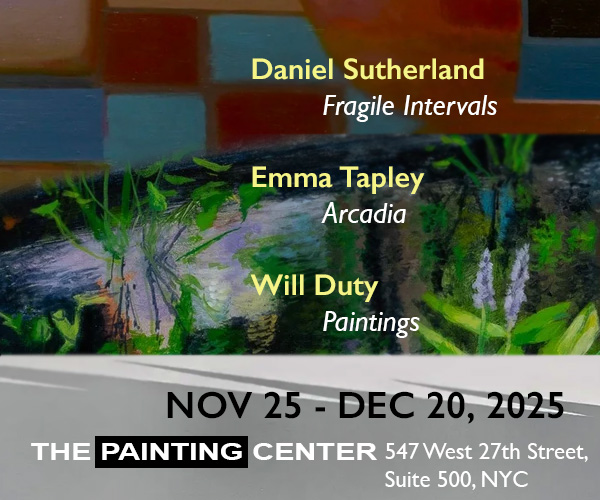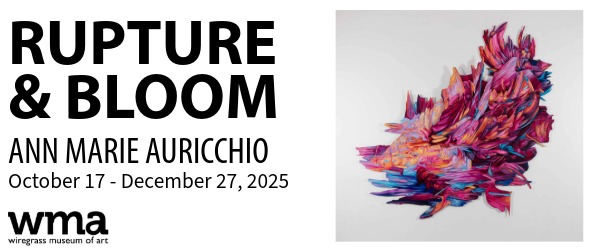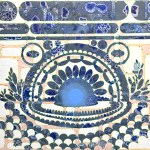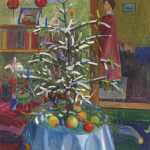I’m wrapping up my Seattle posts today with work by Sharon Arnold, Ryan Molenkamp, Matthew Offenbacher, and a couple gallery visits.
from Cornish College of the Arts. We had a great conversation about how our art practices are a necessity, but also a burden. Despite the lack of compensation, adequate resources, and exhibition opportunities that many artists face, we are compelled to do it nonetheless. When Arnold displays her large-scale projects, which take months to complete, she wants viewers to acknowledge what a huge amount of time and effort she has invested.
Believing that art should be local, sustainable and accessible, Arnold founded LxWxH, a project designed to introduce new collectors to Seattle artists and art writers. Each LxWxH edition costs a mere 130 bucks and includes original work by two Seattle artists with a short essay by a local writer. The project’s primary goal is to create a bridge between artists, writers, and the general public. The May edition features the beautiful watercolors I saw in Ryan Molenkamp’s studio,
investigates how artists interpret nonsensical language or text through
their use of printmaking/letterpress, photography, drawing, video, or
sound. At SOIL through June 2, 2012.

Ryan Molenkamp‘s studio is full of new work. Best known for his paintings based on old photographs that depict the early Seattle landscape, Molenkamp has recently taken a more decisive turn toward abstraction.
I stopped by Space where Cornish undergrad JD Banke had an exhibition of charming paintings and silkscreen prints on wood panels.
After the panel discussion on arts writing at Cornish, I went to Matthew Offenbacher’s studio, where he showed me paintings made on cheap white fabric that resists the paint. We looked at a painting of horses and talked about making art that’s more accessible to the general public as a conceptual stance.
With Gretchen Bennett and Wynne Greenwood, Offenbacher produces Seattle Catalog, a crossover venture that is both an art project and a for-profit company. A tri-yearly sales catalog, Sea-Cat features a curated selection of work by Seattle artists. Although they haven’t had much success selling the art, as an art project, Sea-Cat has been doing really well. Offenbacher also publishes and edits La Especial Norte, a small newsletter, sort of a zine, written by Seattle artists.
NOTE: Yoder’s solo show “DILF!” opens tomorrow at Platform in Seattle, and if you’re in Basel, look for his installation at Frosch & Portmann in VOLTA8.
Related posts:
Matthew Offenbacher’s gift
Gretchen Bennett’s love letters to Kurt Cobain in Seattle
——-
Subscribe to Two Coats of Paint by email.































Hi Sharon. I just read with great interest your piece about artists in Seattle. It is always interesting to see what artists elsewhere are up to and to have a lens upon their studio practice. Thank you for your coverage.
In the piece about Sharon Arnold, a rather touchy subject was brought up – the amount of time and effort that goes into the production of a piece of art…
I totally agree with you that we artists make art because we must regardless of compensation or exhibition opportunity. What I disagree with is the notion that the public be aware of the time and effort that goes into each piece as part of the viewing experience. IMO this is not relevant to the viewing experience. Does it really matter how long it takes to make the art? As a very process involved artist the end product is what I am sharing with the viewing audience. Someone may ask a question regarding the process, then it is appropriate to share that information –
When I look at art I'm not thinking "Wow – I bet that took a long time to produce or hey, this is great look at how much time this artist had to appropriate to make this art" rather my subjective reaction to the work is all about the impact of the imagery presented to me. The time spent doesn't factor into my appreciation of the piece. Perhaps an artist makes 30 drawings in a month – and at the end of a month has only one or none that fulfills their vision- isn't that artist spending a huge amount of time to make that singular strong work? I think so – and in the end…who really cares? Don't we all, whatever our creative process, spend tremendous amounts of time and effort to create our art?
Would you ever include in an artist statement the information that says how much effort and time it took to make the work? This information belongs in a proposal for a commission –
I look forward to your comments.
Thanks for the thoughtful comment. Perhaps I should rewrite that sentence. Unlike most projects, Arnold's is specifically about drawing attention to unrecognized labor, thus when people gasp at the amount of work invovled, she considers the work a success.